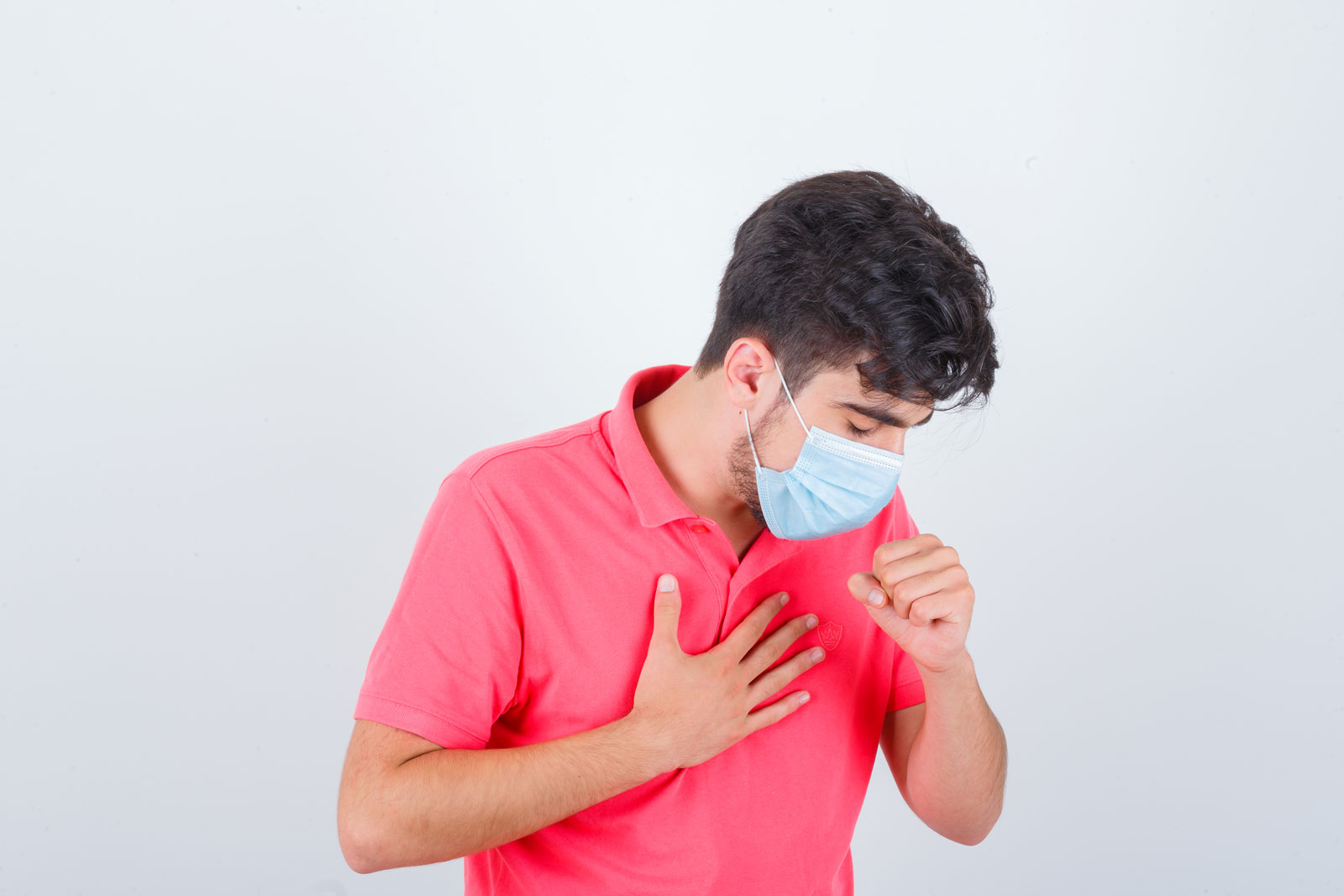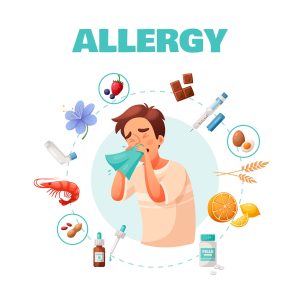Monsoon dampness triggers respiratory infections by creating environments where bacteria, viruses, mold, and dust mites thrive. High humidity traps airborne allergens like mold spores and pollens, which irritate airways and exacerbate conditions like asthma. Dampness and temperature fluctuations also provide ideal conditions for viruses and bacteria to spread, increasing the risk of illnesses such as the common cold, flu, and pneumonia.
Dampness Contributes to Infections and Allergies
- Bacterial and Viral Growth: Increased moisture in the air provides a favorable breeding ground for bacteria and viruses, making people more susceptible to infections like the common cold, flu, and pneumonia.
- Mold and Fungi Growth: Damp conditions promote the growth of mold and mildew, which are common allergens that can trigger allergic reactions, persistent coughing, wheezing, and even asthma attacks when inhaled.
- Dust Mites Proliferation: Humid environments encourage dust mites to multiply, which are another common allergen that can worsen symptoms for allergy and asthma sufferers.
- Allergen Trapping: The increased moisture in the air can trap and hold airborne allergens like pollen, mold spores, and dust. When people inhale these, their respiratory tracts become irritated.
Vulnerable Populations
- Individuals with asthma and allergy : Individuals with asthma and allergies are particularly at risk, as the higher levels of allergens and irritants in the damp monsoon air can lead to more frequent and severe symptoms.
- Children and Elderly: These age groups are often more vulnerable to respiratory illnesses, with infections like pneumonia increasing, especially in children, due to increased exposure to airborne pathogens.
Contributing Factors
- Indoor Pollutants: Dampness in homes from leaks can also contribute to indoor air pollution, creating a colder environment and increasing respiratory risks.
- Air Pollution Spikes: While rain can briefly wash away some pollutants, fluctuating weather and increased vehicle congestion can lead to short-term spikes in particulate matter, which can worsen respiratory issues, especially when combined with damp airways.
Dr. Ravivarma A
M.B.B.S, M.D, FIP
Consultant – Clinical and Interventional Pulmonologist














